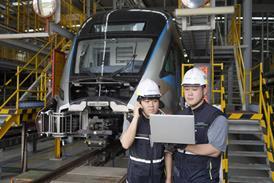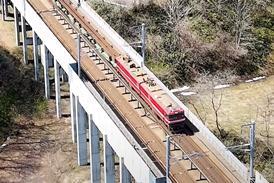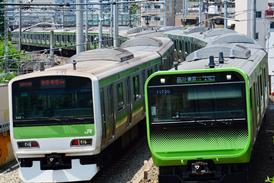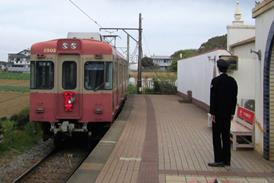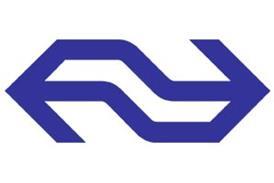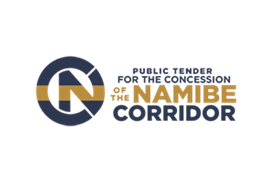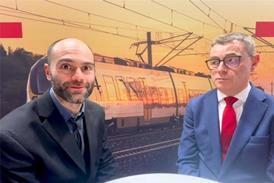Close menu
- Home
-
News
- Back to parent navigation item
- News
- Traction and rolling stock
- Passenger
- High speed
- Freight
- Infrastructure
- Policy
- Technology
- Ticketing
- Business
- Research, training and skills
- Accessibility and inclusion
- People
- Urban rail news
- Suburban and commuter rail
- Metro
- Light rail and tram
- Monorail and peoplemover
- Regions
- InnoTrans
- In depth
- Events
- Data
- Maps
- Tenders & Jobs
- Sponsored content
- Insights
UIC faces up to revolution
By Railway Gazette International1997-08-01T10:00:00
The International Union of Railways marked its 75th birthday with a seminar in Paris on June 19 which revealed just how widely opinions differ on the best way to replace monolithic state-owned railways. But on one point there was consensus: the earthquake that has hit the industry in the 1990s ...
Already have an account? LOG IN
To continue…
You’ve reached your limit of content for the month

